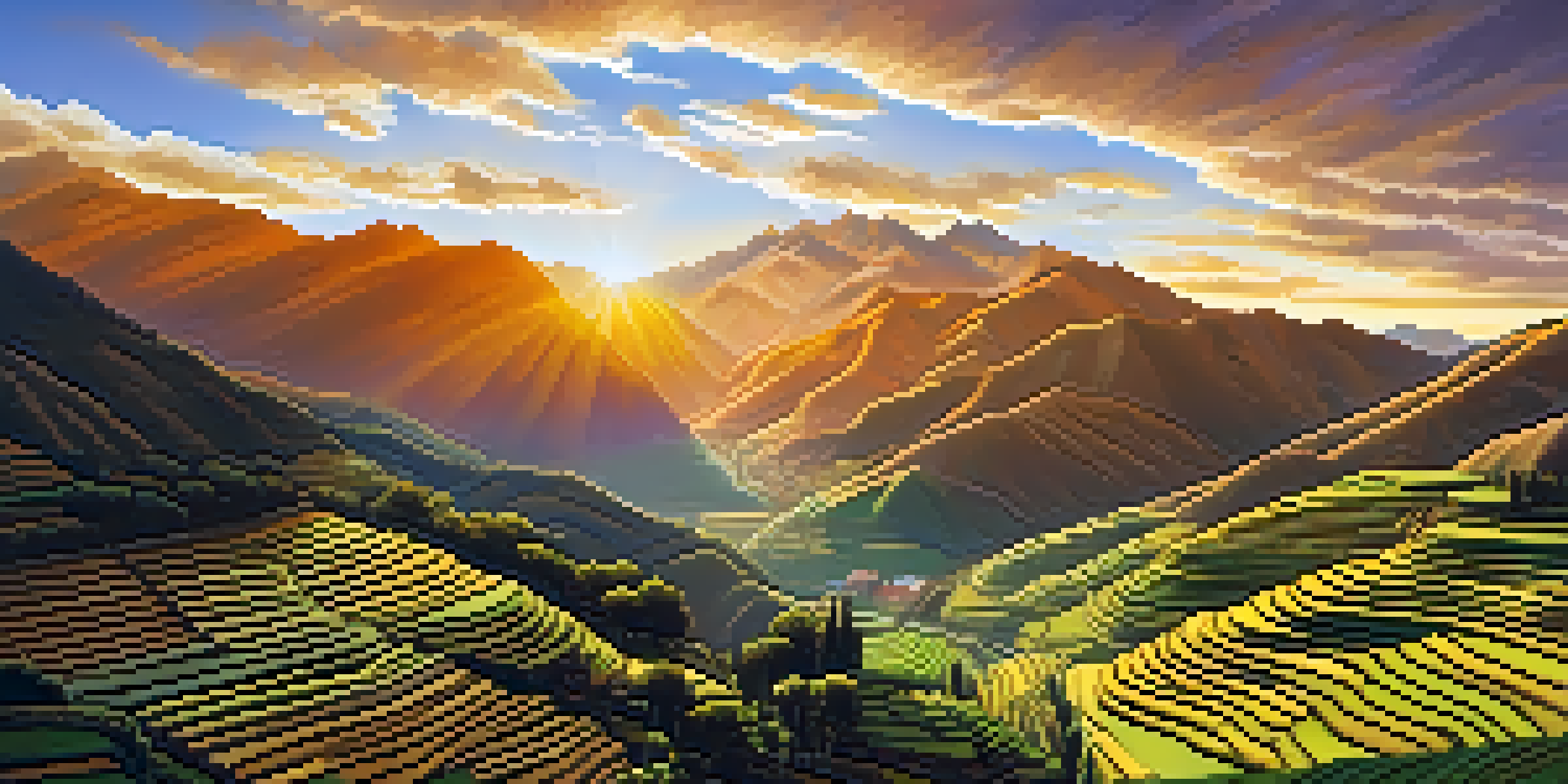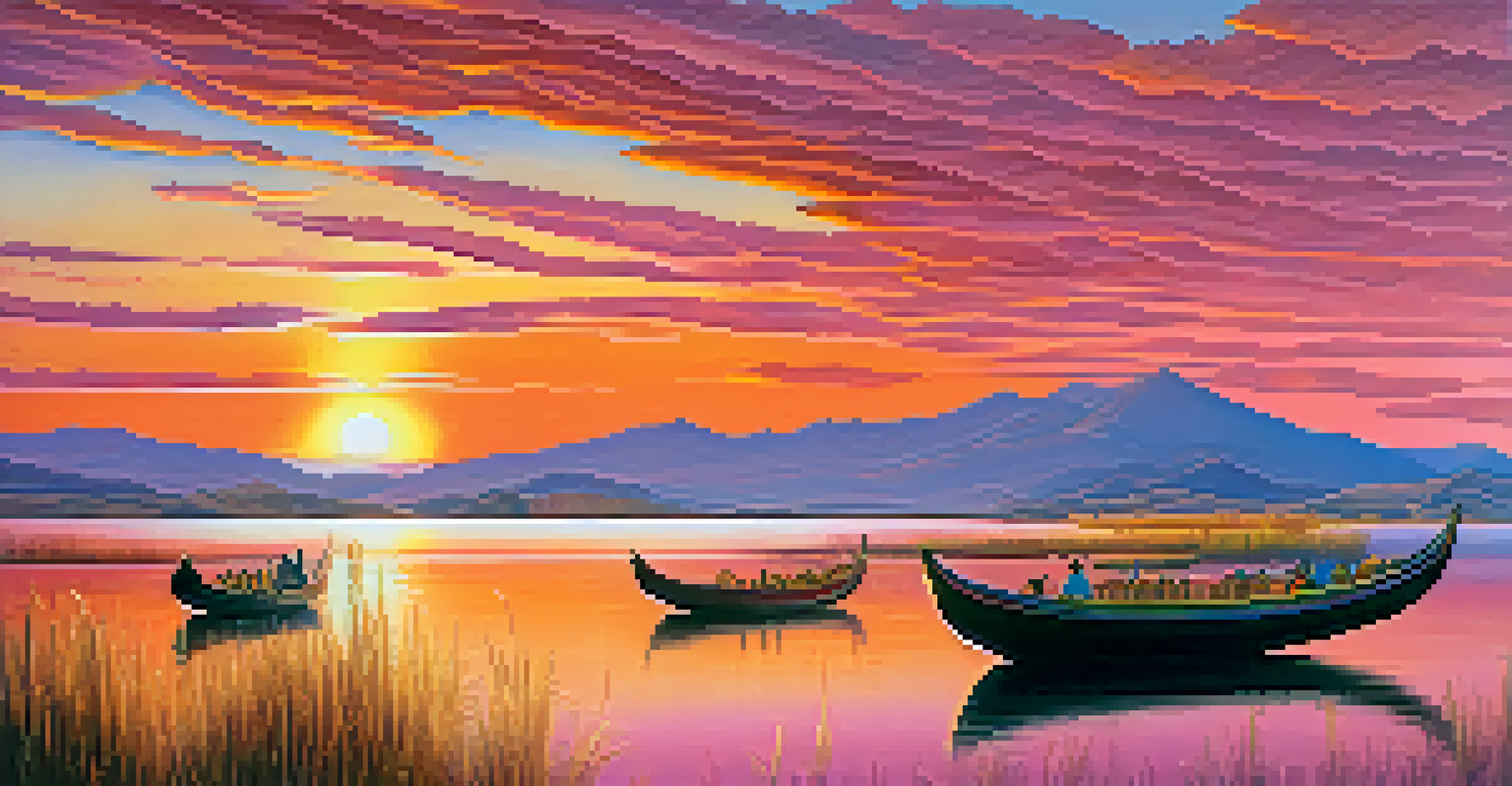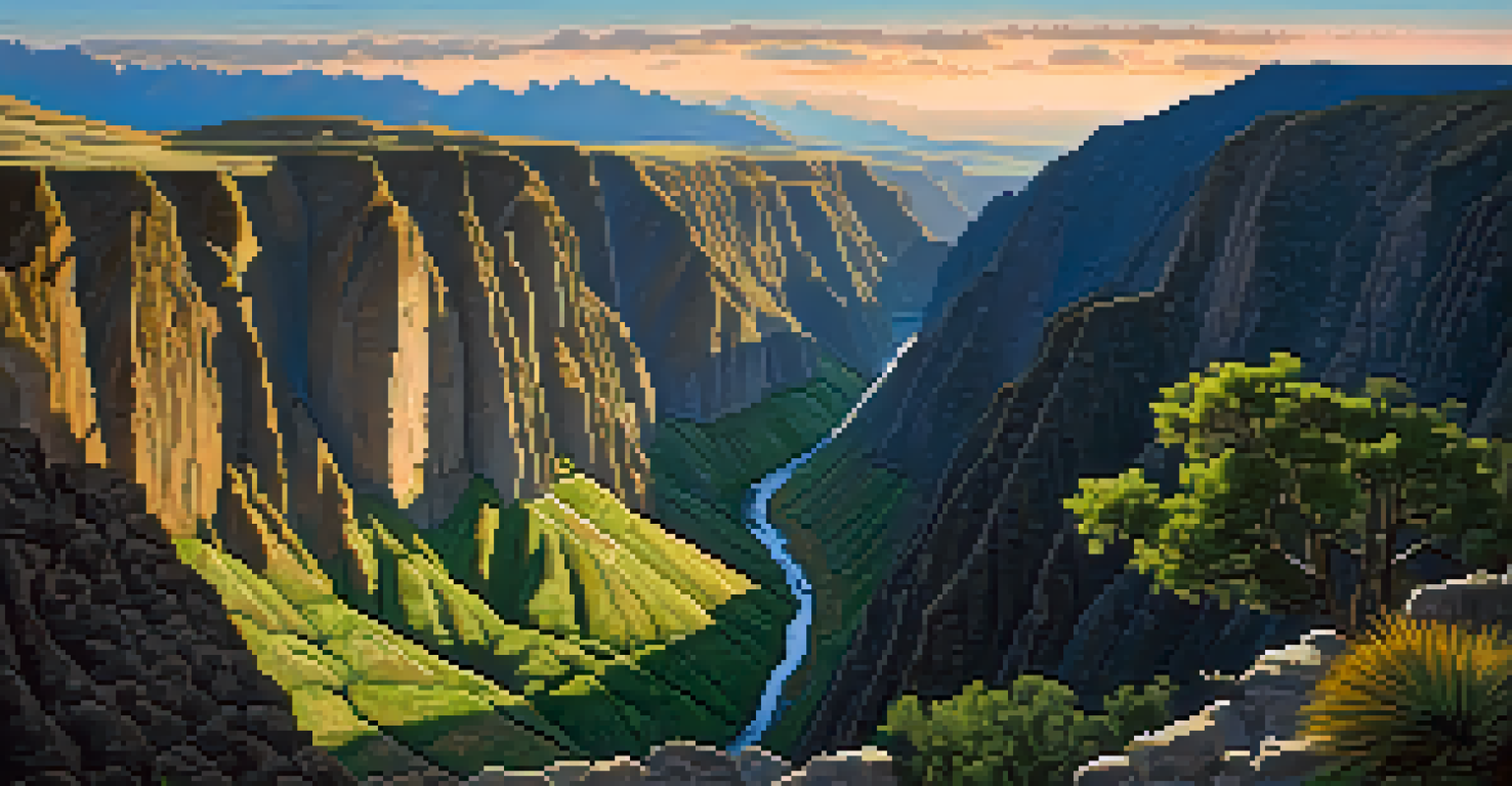The Ultimate Guide to Landscape Photography in Peru

Discover Peru's Diverse Landscapes for Stunning Photos
Peru is a treasure trove of diverse landscapes that capture the imagination of any photographer. From the majestic peaks of the Andes to the lush Amazon rainforest, the country offers endless opportunities for stunning landscape photography. Each region boasts its own unique charm, allowing you to capture a wide array of natural beauty in your work.
Photography is the story I fail to put into words.
One of the highlights is the Sacred Valley, where traditional villages and ancient ruins blend seamlessly with the dramatic scenery. The vibrant colors of the terraced fields, especially during sunrise or sunset, create a magical backdrop that's hard to resist. Don't forget to explore the coastal region as well, where the Pacific Ocean meets arid deserts, offering a stark yet beautiful contrast.
Whether you're an amateur or a professional, immersing yourself in these landscapes will inspire your photography journey. Each setting tells its own story and allows you to experiment with different techniques, making Peru a photographer's paradise.
Best Time of Year for Landscape Photography in Peru
Timing is everything in landscape photography, and Peru is no exception. The dry season, typically from May to September, is ideal for capturing the stunning landscapes without the interference of rain. During these months, the skies are often clear, providing breathtaking views of the Andes and the opportunity for vibrant sunsets.

On the other hand, the wet season can also offer unique photographic opportunities. While the rains can make hiking challenging, they also bring a lushness to the landscape that is hard to replicate. This is particularly true in the Amazon region, where the flora is at its most vibrant and the waterfalls are full and powerful.
Explore Peru's Stunning Landscapes
Peru offers diverse landscapes, from the Andes to the Amazon, that provide endless opportunities for breathtaking photography.
Ultimately, the best time to photograph Peru depends on what you're looking to capture. Whether you prefer the sun-drenched vistas of the dry season or the rich greens of the wet season, each time of year provides a unique canvas for your photography.
Essential Gear for Landscape Photography in Peru
Having the right gear can make a significant difference in your landscape photography experience. A sturdy tripod is essential for capturing long exposures, especially during low-light conditions like dawn or dusk. This will not only stabilize your camera but also allow you to experiment with techniques such as light painting or capturing star trails.
The best thing about a picture is that it never changes, even when the people in it do.
In addition to a tripod, consider bringing a variety of lenses. A wide-angle lens is perfect for capturing sweeping landscapes, while a telephoto lens can help you focus on distant details or wildlife. Don't forget to pack ND filters, which allow you to control exposure and create stunning effects like silky waterfalls or dramatic skies.
Lastly, a weather-sealed camera or protective gear for your equipment is wise, especially when venturing into the unpredictable weather of the Amazon or high-altitude Andes. Being prepared will ensure that you can focus on capturing the beauty around you without worrying about your gear.
Understanding Composition in Landscape Photography
Composition is a crucial element of landscape photography that can elevate your images from ordinary to extraordinary. The rule of thirds is a great starting point; imagine dividing your frame into a grid and placing your subject along these lines or at their intersections. This technique helps create balance and draws the viewer's eye naturally through the photograph.
Leading lines can also enhance your compositions. Look for natural lines in the landscape, such as rivers, paths, or mountain ridges, that guide the viewer's eye into the scene. These elements can create depth and invite viewers to explore your photograph further.
Best Times for Capturing Beauty
The dry season from May to September is ideal for clear skies, while the wet season brings vibrant flora and dramatic waterfalls.
Lastly, don't shy away from experimenting with different perspectives. Sometimes, a shot taken from a lower angle or a higher vantage point can completely change the feel of an image. Being mindful of your composition will help you convey the beauty and scale of Peru's landscapes effectively.
Capturing the Magic of Peru's Sunrises and Sunsets
Peru is renowned for its breathtaking sunrises and sunsets, making them prime times for landscape photography. The soft, golden light during these hours can enhance the colors and textures of the landscape, creating a magical atmosphere. Plan to be in position early, as the sky often starts to change long before the sun actually rises or sets.
Locations such as Machu Picchu, Lake Titicaca, and the Colca Canyon offer some of the most stunning backdrops for sunrise and sunset photography. The interplay between light and shadow can highlight the intricate details of these iconic sites, adding depth and drama to your images.
Don’t forget to experiment with different exposures and settings to capture the full range of colors. Bracketing your shots can help you manage the dynamic range of light, ensuring that you don’t miss out on the vibrant hues that make these moments truly special.
Post-Processing Tips for Your Landscape Photos
Post-processing is where you can truly bring your landscape photos to life. Using software like Adobe Lightroom or Photoshop, you can enhance colors, adjust exposure, and even transform the mood of your images. Start by correcting any exposure issues and adjusting the contrast to add depth and clarity.
Don't hesitate to play with saturation and vibrance to make colors pop, but be careful not to overdo it. The goal is to maintain a natural look while highlighting the beauty of the landscape. Additionally, cropping your images can improve composition and eliminate distractions, allowing the viewer to focus on the main subject.
Respect Nature and Local Cultures
Photographers should adhere to Leave No Trace principles and approach local cultures with sensitivity to enhance their experience.
Lastly, consider using local presets or filters that mimic the unique qualities of Peruvian landscapes. This not only saves time but can also help you achieve a cohesive style across your portfolio, making your photography distinctly recognizable.
Respecting Nature and Local Cultures While Photographing
As a landscape photographer, it's essential to respect the natural environment and local cultures you encounter in Peru. Always adhere to the principles of Leave No Trace, ensuring you minimize your impact on the landscape. This includes staying on marked paths, not disturbing wildlife, and taking all trash with you.
Additionally, many locations in Peru hold cultural significance to indigenous communities. It's important to approach these areas with sensitivity and respect. Take the time to learn about the traditions and practices of local people, and consider asking for permission before photographing sacred sites or individuals.

Being a responsible photographer not only preserves the beauty of Peru for future generations but also enriches your experience. Engaging with local communities and understanding their perspective can lead to deeper connections and stories that enhance your photography.